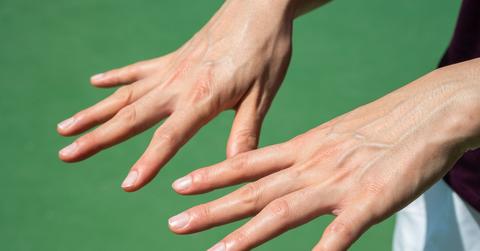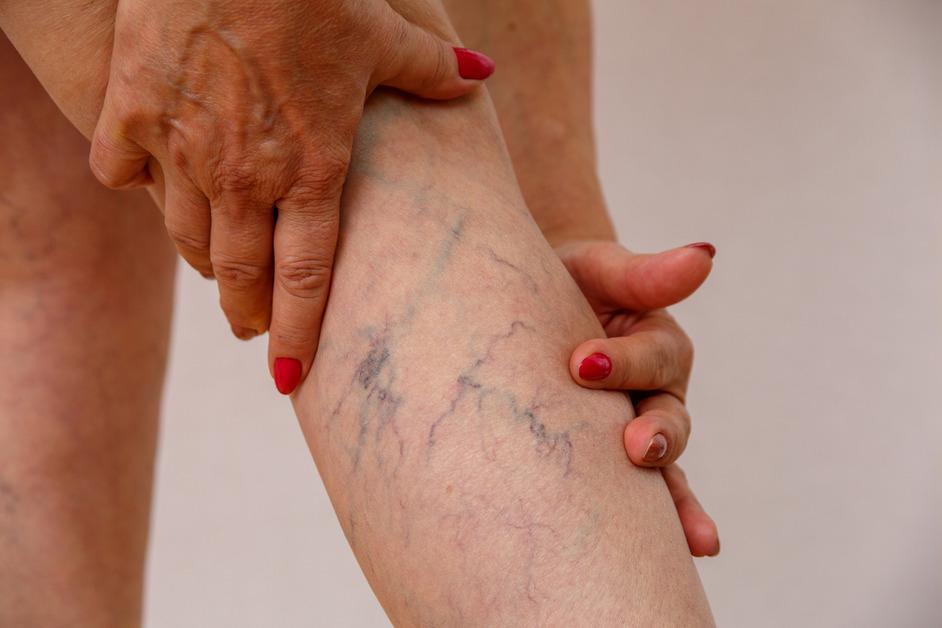Why Are Veins More Blue on Some People Than Others? The Science Behind This Phenomenon
If your veins are visible and starkly blue, you shouldn't worry about it! But if your veins start hurting, it's time to see a doctor.
Published March 11 2024, 3:41 p.m. ET

It's common to have visible blue veins and is often not a cause for concern. Different factors such as your activity level, sun exposure, weight, skin tone, genetics, hormonal changes, and age can all play a role in vein visibility.
However, if your veins feel swollen, painful, or bleeding, it could indicate that something serious is going on. Please remember that we are not medical professionals, and if you have any health concerns, it is important to seek advice from a doctor to receive proper care. That said, here are some common reasons your veins appear blue.

Why are my veins so blue?
According to Albuquerque Vein and Laser Institute, the blue color of veins concerns how our eyes process light. Red wavelengths can travel further in our bodies and are absorbed within the hemoglobin. Blue light, on the other hand, has shorter wavelengths and is not absorbed in the skin the same way. Therefore, the blue light is reflected back to us and gives the veins the blue color.
The color of your veins can be impacted by skin color, genetics, age, hormones, body weight, or lifestyle habits. For example, according to the Gilvydis Vein Clinic, vein color can become more prominent when there is fat loss because there are fewer layers of fat and tissue covering them. For people who are very physically active or pregnant, their blood volume is higher, and their veins expand, which can make the color more visible.
Although blue veins are normal, there are some instances where something more serious is happening. If your veins suddenly turn blue, it could be a sign of a blood clot in a deep vein or blood pooling, per Gilvydis Vein Clinic.
Furthermore, if you notice that your veins are changing in pigment from blue to a darker blue or purple, it could indicate venous insufficiency, meaning your veins are struggling to send blood back to your heart. Other signs of venous insufficiency include pain, swelling, cramping, itching, or burning around your veins, per Gilvydis Vein Clinic.

Why are my veins so visible?
How visible your veins are can depend on several factors, one of which is skin color. If you have a light skin tone, you could have more visible veins than someone with a darker skin tone.
Physical activity can also influence the appearance of your veins. Exercise increases your blood pressure, which can expand the veins, and while lifting heavy weights, muscle contractions can increase pressure around the veins, causing them to stick out, per Healthline.
Our veins may become more visible as we age because our bodies produce less collagen, the protein that builds up our skin, muscles, and bones. As collagen decreases, the skin becomes thinner, which can make veins more visible, according to the Cardiovascular Institute of the South.
Interestingly, if you live in a warmer climate, your veins could be more visible than those in colder environments. According to The New Jersey Vein and Vascular Center, our veins widen to increase blood flow, which can make them more prominent.